7 Tools that Ecommerce Companies Use to Increase Sales
Growing your online store is a challenge you can tackle with the right tools. My dad (a master handyman) always used to tell me, “You can’t do good work without the right tools”, which is how I mentally justified my first MacBook purchase during my college days. But, he’s right: trying to accomplish a task with an subpar tool will only put your further away from your goal.
You can’t do good work without the right tools.Had I purchased a Compaq laptop instead and tried to learn Photoshop and Illustrator on a PC, today I would certainly be aesthetically behind in comparison to my peers and possibly less efficient . But we’ll leave the Mac vs. PC debate for another post.
Looking at increasing sales as your task-at-hand, what tools do you have in your toolbox? Are they performing well? The purpose of this article is to give you a brief overview of 7 tools that can help you increase your ecommerce sales with a few examples that we actually use here at Blue Stout.
1. Hello Bar
Hello Bar is an awesome tool, which can help you direct more attention to the most important content on your website. Usually, when you think of tools that can capture email addresses or other information, you immediately think of a pop-up window. Many companies use these. We here at Blue Stout use them. However, on an ecommerce website where there are products, blog posts, collections, and many more elements, it’s important to consider your customer’s user experience.
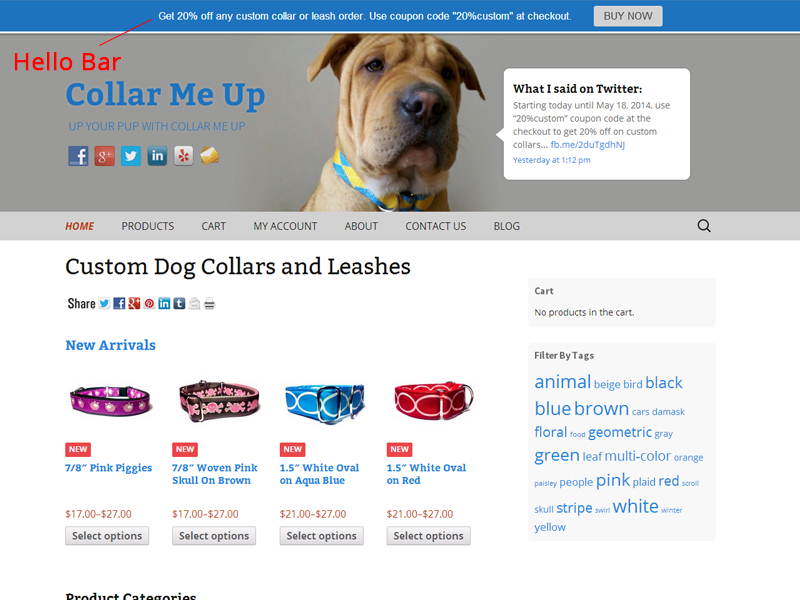
By avoiding the pop-up approach and implementing a subtle, yet always-present bar, you can make sure your customer has an uninterrupted experience on your site, leading to an increase in your on-site conversion rate.
In addition, Hello Bar offers rich statistics that show you the total impressions and click-through rates (CTRs) of your calls to action. You can also A/B test different messages on your Hello Bar display to identify which message resonates the most with your customers.
2. Unbounce
When we first began experimenting with paid advertising here at Blue Stout, Allen and I decided to sign up for Unbounce rather than pull design and development resources from our internal team who were already busy on client projects. The pages are easy to create and match to your brand, plus they function like a website should (meaning they are mobile-friendly).
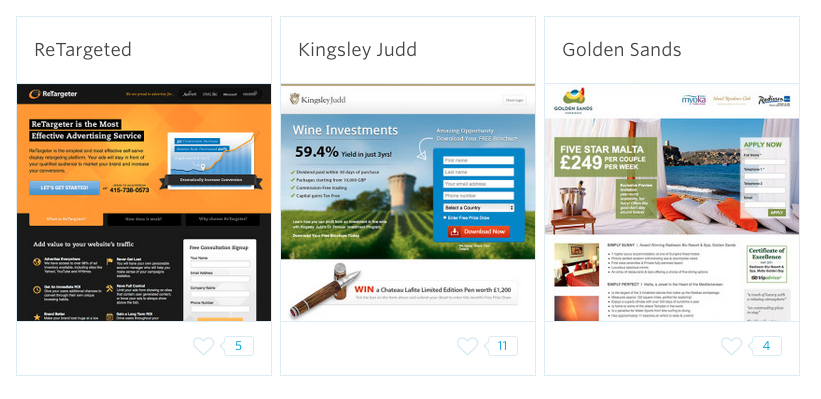
The cool thing about Unbounce is that they provide ready-to-go templates for you in relation to your end goal. So, you don’t have to rack your brain trying to decide which layout will have a higher conversion rate, etc. And once you choose your layout and customize it, you can create “variants” of your pages that allow you to test different tweaks you’d like to make. Essentially, you can copy the page and tweak a headline or button color to see which variant performs better. A/B testing made easy.
Unbounce also has features like analytics, CRM integration, and email platform integration. It is a tool which allows you to efficiently create a well-designed landing page and test what resonates best with your target market.
3. Groove
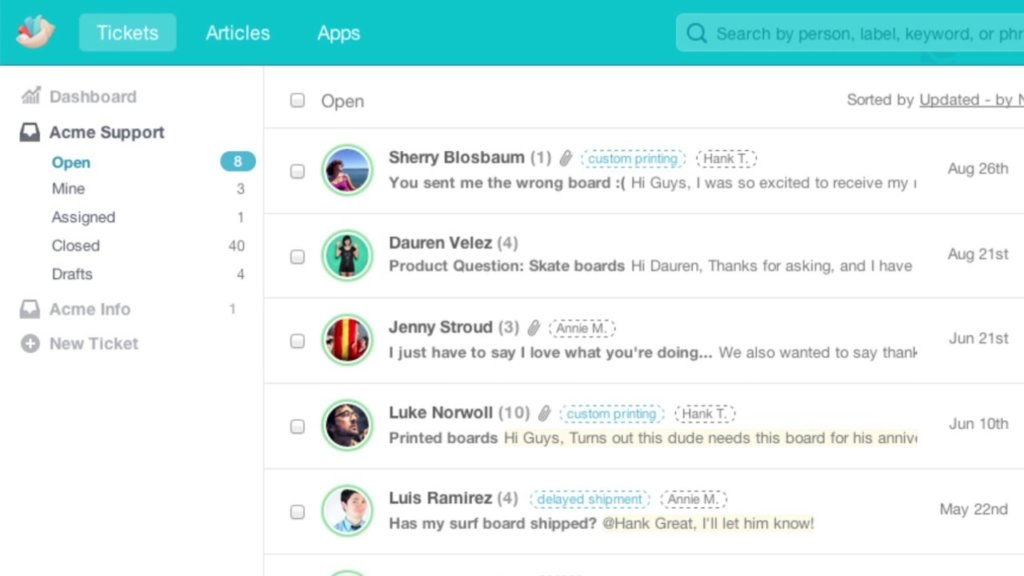
It’s no secret that customer service is one of the hot topics right now in online business development. And it should be, as we live in a world where an unhappy customer can launch into digital warfare with one move on social media (remember the Comcast customer service call that was posted online?). One angry customer can tarnish your brand’s reputation, even if you’re a Comcast-size company.
Don’t pull a @Comcast. Here’s a tool to help you manage your customer happiness.The good news about customer happiness being a hot topic right now is that several new companies have emerged in the customer support space. One of our favorites is Groove. Groove is a customer support platform that looks and feels like email, so it’s comfortable from the first day. Your team can create and manage tickets, track performance metrics, and integrate with other apps like Olark and Slack.
By investing in a customer support system, you’re committing to giving your customer the best experience you’re capable of. If you are having doubts whether you “need” a customer support tool or not, you’ll see once your ecommerce company scales large enough that managing this part of your business can become quite complex and turn into a time-suck.
Side-effects of good customer support are increased sales, higher retention rate, and customer brand advocate creation. Not every customer will write a review or launch social media war on your brand, but creating and maintaining a standard of quality for your brand will only produce more loyalty from your customers. And that’s never a bad thing.
4. Sumo Me
Have you seen a popup yet on this blog post? If not, wait for it – it’s waiting for you to scroll down far enough before it shows itself. Our popup is a Sumo Me tool. Sumo Me is a set of online tools that helps you increase your website’s traffic.
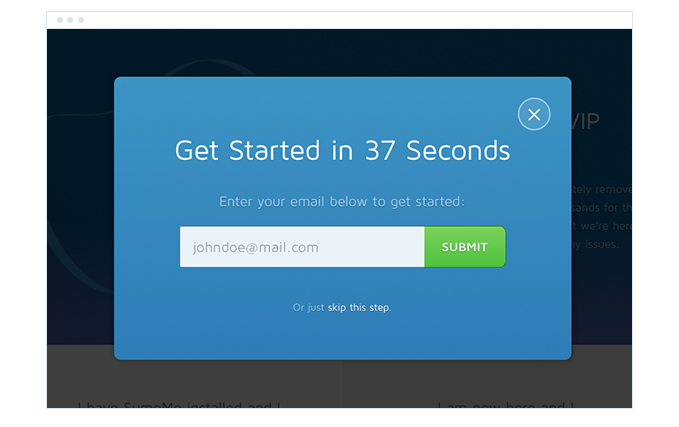
Our CEO, Allen, wanted to try this tool in order to allow blog visitors to sign up for our weekly newsletter. Sumo Me allows you to decide when you want your information to appear, for how long, and various other details. The tools are highly customizable and provide deep insight into your website visitor’s behavior.
Another tool they provide is a heat map. With this tool, you can visually see where your users are clicking (or not clicking) on every page of your website. This allows you to make smarter decisions in placing your copy and calls to action. By identifying the hotspots of your website, you can decide if your product placement is performing well and make informed changes. Placing your calls to action where users are actually clicking is a sure bet to increase your purchase rate and improve your overall user experience.
5. Get Drip
Many ecommerce companies reach a level of growth where they are too big to manually operate on all levels, yet too small to fork over thousands per month for an efficient marketing automation tool. Email marketing automation can actually be found within many email providers, like Mailchimp, but better tools exist.
Get Drip is a marketing automation tool that allows you to capture your customer’s email address via popups (much like Sumo Me), but then funnels those leads into an automated system, allowing you to nurture those leads with personalized emails. It also allows you to segment your customers dynamically on the basis of website visits, form data, previous purchases, email response activities, and more. By segmenting your customers into distinct groups, you can craft future marketing and sales emails that are targeted specifically for each group.
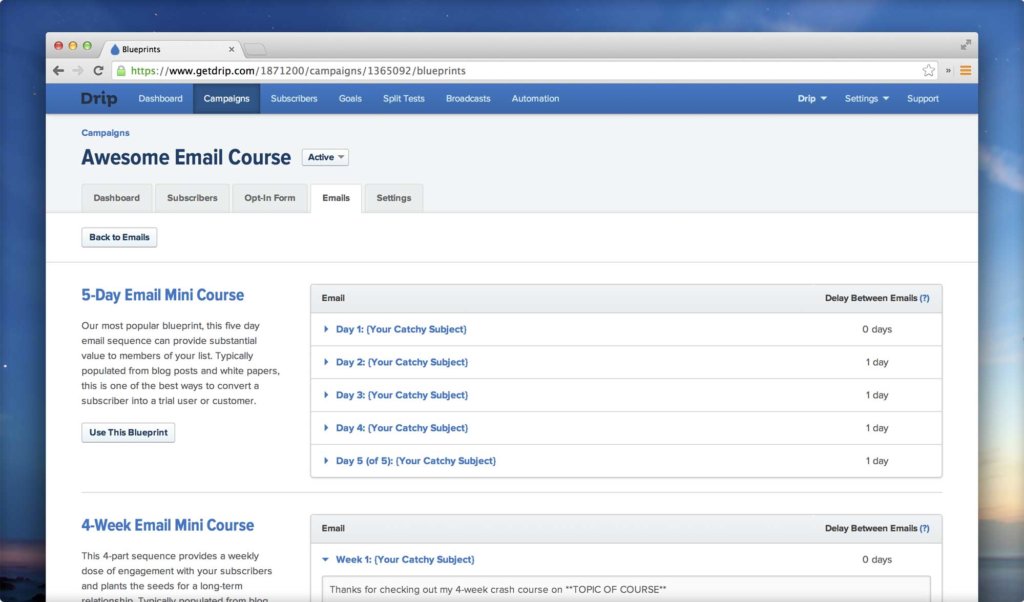
Any good marketer knows that your customer’s inbox is the sweet spot. It’s the most personal space a person has online. By sending personalized emails based on your customer segmentation, you can increase the revenue generated from email by 50%. (source) Get Drip is a great tool to accomplish marketing automation without breaking the bank.
6. RJMetrics
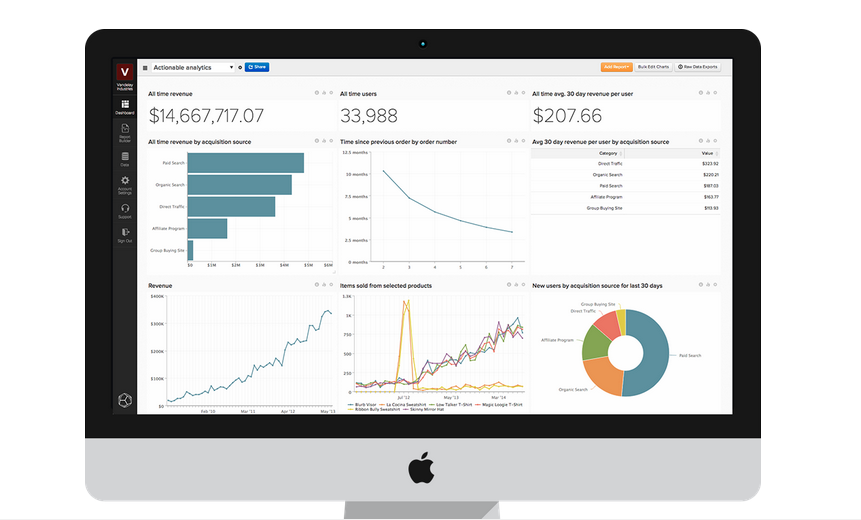
RJMetrics is an analytics tool that helps you track important business metrics like customer lifetime value and highest performing campaign channels. Tracking metrics is important because it ensures that you will have accurate information to improve what’s being tracked. Only when things go “unmonitored” do they fall by the wayside and go unnoticed and unimproved. “What gets measured gets managed”, right?
What gets measured gets managed. This tool can help you track your CLV & help you grow your revenue.For example, if you know your average customer lifetime value, you can decide how much you should be spending to acquire new customers in order to make your business profitable. If the average customer acquisition cost is higher than the average lifetime value, your business is obviously not profitable. Or, if you can compare your marketing channels side-by-side and see which one is giving you a higher return, you can confidently make a budget adjustment because you have actual data backing you up.
7. Instagram
We live in a world where people judge and value the brands based on their perception of that brand. That’s why many brands are investing in purely visual platforms like Instagram to solidify their value proposition, or what the customer thinks about that brand.
Instagram is a tool we recommend for 2 reasons: it’s free and it’s hot right now. With Facebook becoming more and more unpopular and Twitter continuing its corporate drama, platforms like Instagram are quietly taking over the ecommerce industry. Instagram users are unique in that they can interact with a brand on this platform in a purely visual sense, whereas other social platforms focus more on engaging copy or snarky messages.
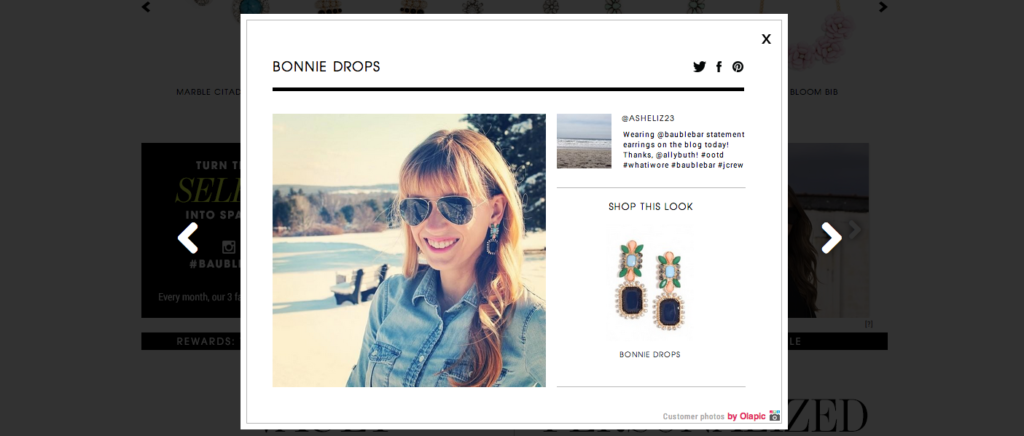
By integrating visual and social, brands are able to showcase their product and place it in a real-world situation. Online jewelry retailer Baublebar uses Instagram to serve as their product imagery on their website. The photos taken by customers wearing the brand’s merchandise are the product images. Baublebar’s strategy works well because it contains actual social proof of other people’s experience with their product. This helps them build a positive perception among their customers and validates their value proposition.
What’s In Your Tool Box?
We’ve covered 7 of our favorite tools (a few we actually use here at Blue Stout) that can help your ecommerce business increase sales. There are many, I know, that have been left out. What tools have been successful for you? Let us know in the comments below.






